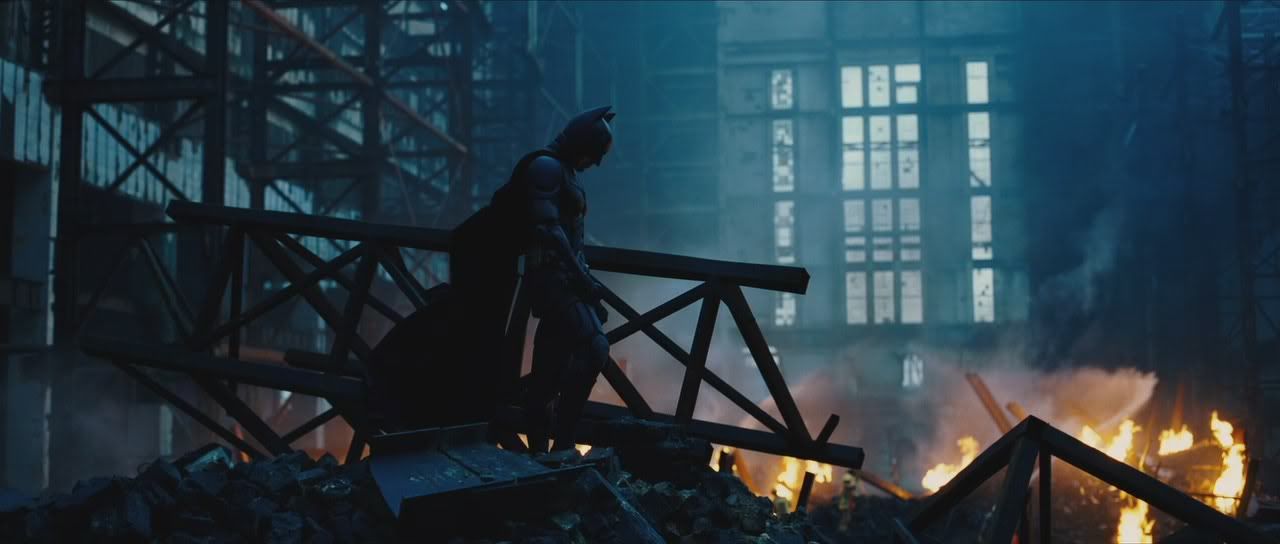
The heroes stumble through a trail of bread crumbs from action set piece to action set piece, culminating in one giant elaborate video game-esque brawl that feels disconnected with the rest of the story progression up to that point.
8 years ago, Marvel Studios cracked a formula to produce consistently solid superhero movies that has elevated the average quality of the genre so greatly that even the missteps of their productions (Thor: The Dark World) are masterpieces compared to where the genre was before hand (Elektra).
It is also however, proving to be a prime factor holding them back from an even higher level of greatness.
While my enjoyment of “Age of Ultron” remains strong, the way that it drops the ball in its final act, reducing a powerful superhero cinematic experience into a decent comic book film pains me more with each passing day. This is not only because it cops out of its grander ambitions but because it’s also the same problem that every Phase 2 project seems to have run into.
Like any great work in progress, Marvel needs to keep growing in order to survive. While that may very well be their intent for the future of their franchise, the time to get on it is now and here are just a few ways in which they can get around their Act 3 hiccups.


Episodic Structure
So much of the MCU’s movies seem reliant on ramping up what they’re already in the middle of. In fact, it would probably be more accurate to call the third acts of these films Act 2.5. Right when they seem to be in the middle of something related to the topic at hand, they shift gears into a set piece that just seems to have come from out of nowhere.
While “Age of Ultron” is a prime example of this, the underwhelming battle for Xandar and the boring Dark Elf altercation in London in “Guardians of the Galaxy” and “Thor: The Dark World” respectively were more than troublesome as well. Even “Captain America” doesn’t quite escape this, with “The Winter Soldier’s” somewhat sloppy climax being the film’s only crippling strike against it.
Most of these seem to boil down to shifting gears to wind down the story after spending a bit too much time reveling in the second act.
While the modern age has managed to make many of the more comic book heavy elements of fiction palatable on screen, the answer to this issue may be in looking to t direction of superhero movies of the past.
Films such as “The Dark Knight,” “Spider-Man 2,” and “Superman” may have powerful emotion resonance and a great many issues of moral complexity but when broken down, they each appear to tell individual stories within their film’s that simply compound one another until reaching their final conclusion.
For example, the first act of “Spider-Man 2” is essentially a slice of life story about the daily trials of a superhero leading a double life. The building tensions of that portion set the stage for the second act, following a man struggling to refuse his calling in life for momentary happiness, with his own revelations leading to the climax in which he does exactly what a superhero was meant to do; fight the bad guy.
Similarly, “The Dark Knight” is segmented into 3 smaller crime stories, the cops bringing down the mob, the Joker making his mark against the city, and Batman facing adversity to prove him wrong, with each story contributing to the moral implications of the film’s general arc.
The simplicity of those days may seem to have eluded modern Marvel Studios’ grander ambitions but even the second half of their Phase 1 (Thor, Captain America: The First Avenger, The Avengers) seemed to follow suit.
While care seems to remain relatively high in regard to the individual films, Marvel seems to have their eye a bit too focused on the larger story. The novelty is strong but don’t use it as a crutch for actual time, patience, and editing.
No comments:
Post a Comment